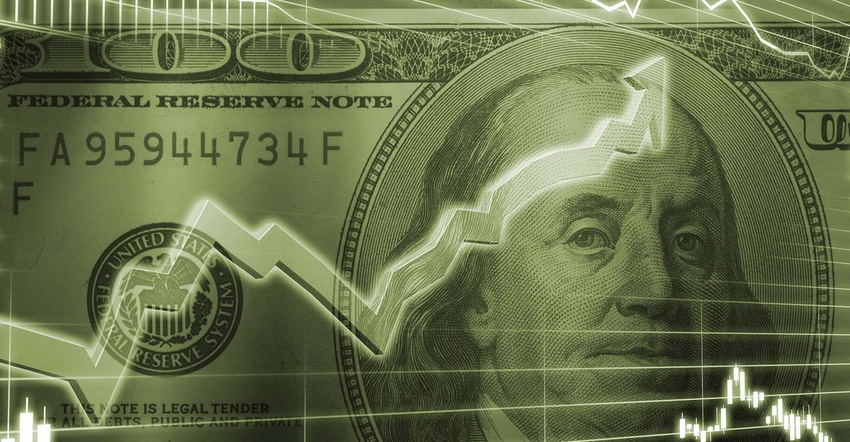April 21, 2017

By Matt Monteiro
On March 15th, the Federal Open Market Committee (FOMC) of the Federal Reserve increased the federal funds rate 0.25% to a target range of 0.75% to 1.00%. The move was largely expected as futures markets indicated the likelihood of tightening was as high as 93% in the days leading up to the announcement.
This was only the third federal funds rate increase since June 2006 when the rate was at 5.25%. Since then, investors and borrowers watched as short-term US Treasury rates fell to near zero, then remained there for several years after the 2008 financial crisis. The prior two rate increases occurred in December 2015 and 2016, leaving no suspense if there would be any additional increases either year. This year, with an early Fed move, there is a lot of speculation about the likelihood and frequency of additional increases in 2017.
To get a read on the market and anticipated direction of interest rates it’s best to examine the Fed’s current federal funds rate projections, what the Fed is saying about the economic data and how the market reacted to the March 15th rate increase.
A strong market means more increases likely
The summary of economic projections, released along with the FOMC meeting minutes, included a survey of FOMC Committee members in which they indicated two more rate increases in 2017 was the most common expectation. This is given the expected economic conditions, which can change. Chairwoman Janet Yellen, frequently reminds the public that rate increases are not on a preset course, but rather will be data driven.
Since the Federal Reserve’s dual mandate is to promote price stability and full employment, the primary economic indicators to watch are inflation and unemployment. The FOMC March meeting minutes described inflation expectations as “stabilizing at 2 percent”. This is in contrast to last month when the minutes stated inflation was expected to “rise to 2 percent”.
The wording change is subtle, but it indicates that the Fed believes the U.S. economy is closer to achieving its inflation objective. The labor markets were described as continuing to strengthen, another indicator that the Fed expects the economy to strengthen and it may be time to increase rates again, possibly twice more, in 2017.
The U.S. stock markets took the March 15th rate increase in stride as the Dow Jones Industrial Average increased 113 points for the day while the S&P 500 increased 20 points. The market reaction that day indicated that the Fed may have more room to increase rates in 2017 without negatively impacting equity markets.
Monteiro is Senior Vice President and Treasurer for Farm Credit Mid-America
The opinions of the author are not necessarily those of Farm Futures or Penton Agriculture.
You May Also Like




